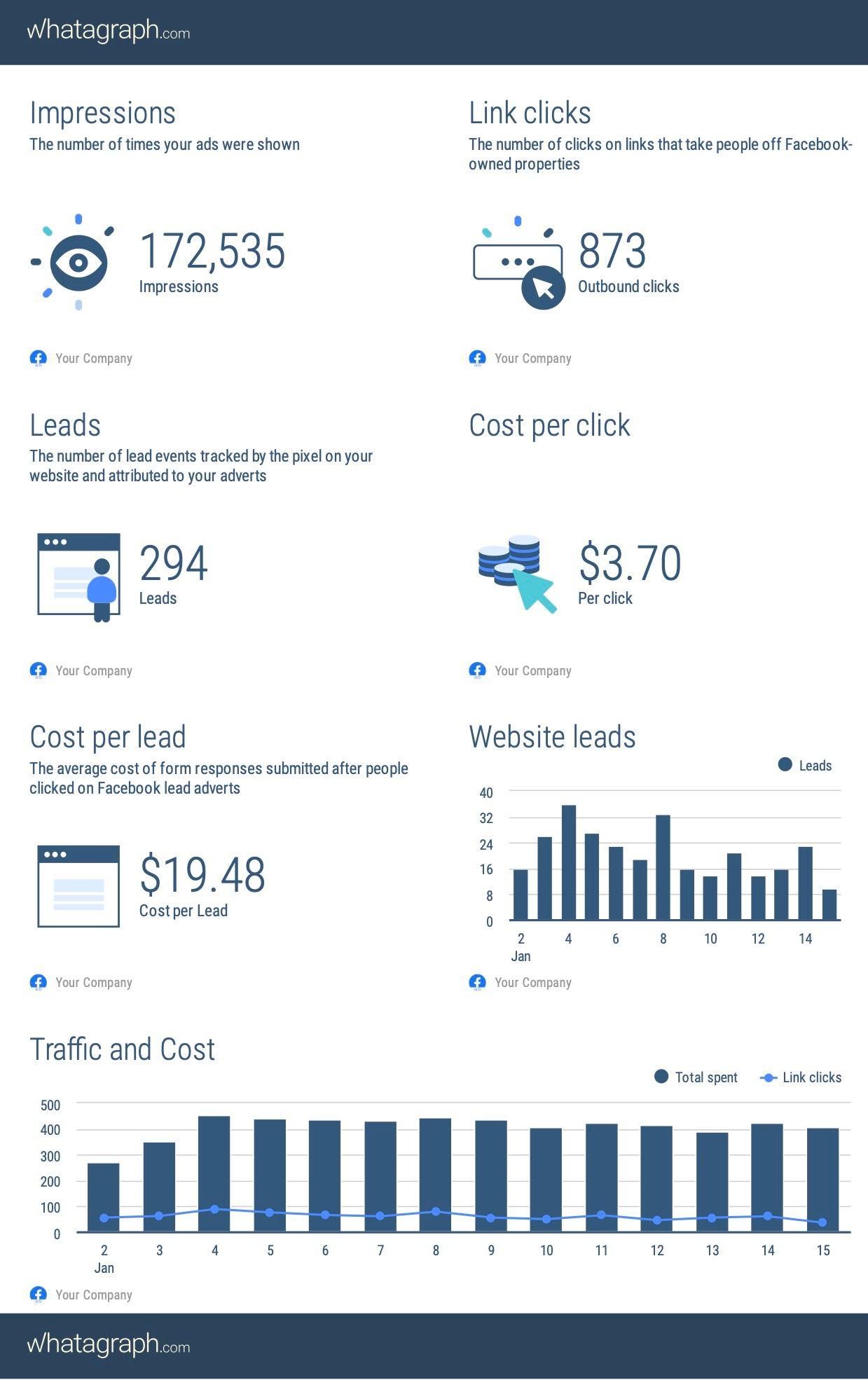How Data Manipulation Helps us Get Relevant Information
Gathering data and data analysis have changed how every single industry functions. Considering just how data is important new ways of acquiring relevant data, analyzing data, and presenting data, have also emerged. Having structured data is the key in all of this, as we use machines in order to make data inputs and to decipher those same inputs. So, for structured data to be usable we need to manipulate it and translate it, in order to aid our business intelligence, business operations, or do trend analysis for example.

Aug 21 2020●5 min read

Since this is an important topic, it would be useful to explore it in-depth and talk about how data is processed. To be exact, we will explain data manipulation and modification, and also how those processes are used to get relevant feedback from raw data.
What is Data Manipulation?
Data manipulation is the process of altering or adjusting data for it to be more organized and readable. To achieve this, we use DML. What does DML mean? Well, it stands for Data Manipulation Language or a programming language that is capable of inserting, deleting, and modifying databases, in other words, it adjusts the data into something we can read. Thanks to DML, we can cleanse and map the data to make it digestible speaking.
It is also worth mentioning that this is one of the new professions that came into existence during the 21st century. Someone who is a capable data analyst and who is a pro in data manipulation will have a bright career ahead of them. To that end, it is an important topic, and we need to discuss it.
SQL
To communicate with the database, we need SQL (Structured Query Language), and four functions can occur throughout this communication:
- Select - It allows users to select a chunk of data they want to work with;
- Insert - It enables you to move data from one segment to another;
- Update - It is used to change the existing data, and tell the system to rely on the applied changes;
- Delete - It allows you to remove a specific portion of data.
Using these commands, we can tell a specific system of what to do with data, or at least a selected chunk of data.
Why do we use data manipulation?
Manipulation of data is crucial for growing organizations and businesses. To properly use the information for trend analysis, analyzing customer behavior, boosting productivity, cutting costs, etc. the raw data needs to be adjusted. To give a better explanation, we will provide examples of the benefits that manipulation data tools bring to the table.
Format consistency
Having data in a unified format allows c-suit members to have a better understanding of business intelligence. Taking data from different sources means it lacks structure and organization, whereas through DML that data can be consistently organized and offer more transparency.
Historical overview
Having easy access to data related to your previous projects can help you with making the right decisions. It can help with budget allocation, deadline projections, and required team size.
Efficiency
Lastly, the manipulation of data contributes to the overall efficiency. You know what information is relevant or not. You know what findings interfere or are redundant, what metrics have a low or significant impact. Being able to identify and isolate those elements quickly is made possible through DML.
It is also important to note that we see data manipulation in action daily. If you are receiving emails, getting targeted adds on the websites you browse, or if you are receiving calls from telemarketers, it is because of data manipulation. Your online behavior is also turned into data, and thanks to quality data manipulation, relevant information can be extracted. Once you share your email address at a particular site and agree to their terms and conditions, you are likely to consent to behavior monitoring that is used to generate relevant data. In other words, data manipulation is pretty much how the world functions nowadays, and it's the reason why your online experience is vastly different than the one you had 20 years ago.
Data manipulation vs. Data modification
Now that we covered data manipulation, we should also talk about data modification. Although these two terms sound similar, they are not interchangeable. Generally speaking, data manipulation is the act of processing raw data with the use of logic or calculation to get a different and more refined data. Data modification, on the other hand, means that you are changing the existing data values or data itself.
It may sound confusing, so here is an example - Let's say we have a value X=5. Using data manipulation, we can present that value as X=2+3, or X=1+4, X=6-1, etc. That would be an example of different ways how we can read the given value using logic. Data modification means changing the value itself to X=7.
Now, how do we use data modification with data manipulation to aid business decisions? Well, if data manipulation is used to process multiple data sources, data modification can be used for calculating financial goals, for example.
Data manipulation steps
In general, there are five steps when it comes to data manipulation.
- Create a database that is comprised of different data sources;
- Finetune and cleanse your database, by rearranging and restructuring its content;
- Import or build a database that you can read;
- Then you can combine or merge or remove redundant information;
- Then you conduct data analysis to produce useful insights that can guide the decision-making process.
Data manipulation tips
Now that we covered how things work in theory, let's see what you can do with this in practice. As Microsoft Excel is one of the commonly used tools for data manipulation, we can go over some of the tips that work on this tool.
- Formulas and functions - One of the neat things about excel is that you can rely on essential math functions to add the desired value to your data.
- Autofill - Once you have calibrated your values, you do equations across multiple fields or cells without re-entering information from scratch. So, for the sake of efficiency, users are encouraged to rely on this feature through the data manipulation process.
- Filtering - Whenever you need to find specific data relevant for what you are analyzing, you can always use the filter option to isolate the information you wish to see.
- Removing duplicates - when you filter data, you are also likely to notice the same sets of information, so feel free to delete that redundant fields.
- Combining column - finally, you can merge, separate, or use other means to organize your data within excel to paint a clear picture and make sure the most relevant cells are immediately visible.
Of course, excel is just a standard option that is widely used but depending on the industry. You might go with a different provider that has solutions specifically tailored for your line of work. For example, you can use Whatagraph as it is far more user friendly then excel and can help you generate data analysis reports that are more aesthetically pleasing and white-labeled.

This is a great way to manipulate data into precise information, and still provide enough transparency if someone has to check data history, to ascertain the authenticity of the information. Having neatly organized data projections is a must nowadays, and finding software that is compatible with your business model is a good investment.
Hopefully, now you are a bit more familiar with data manipulation or some of its principles, at least. You know why it is essential and why it's one of those skills that can always be put to good use.

WRITTEN BY
Gintaras BaltusevičiusGintaras is an experienced marketing professional who is always eager to explore the most up-to-date issues in data marketing. Having worked as an SEO manager at several companies, he's a valuable addition to the Whatagraph writers' pool.